Enjoy an off-road bike ride with these Sustrans routes
The Exe Estuary Cycle Ride
Start: Dawlish
End: Exmouth
Grade: Moderate
Distance: 17.5 miles
Terrain: Flat, traffic-free riverside path
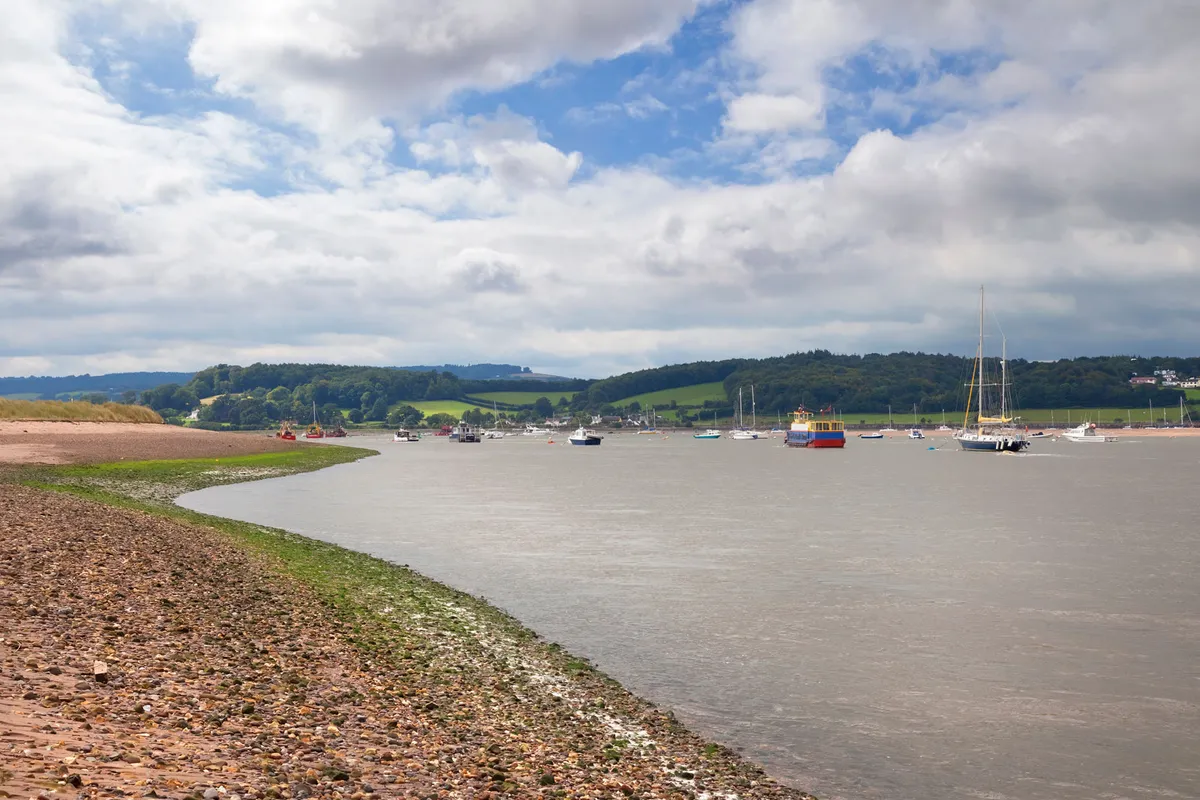
This exceptionally beautiful ride along both sides of Devon’s radiant Exe Estuary RSPB reserve is easily one of the best routes in the country for bird watching by bike. Starting at Dawlish, the route heads North and takes you past the Cockwood harbour. It then follows the course of the river, hugging the estuary and offering expansive water views across the wide mouth of the river. In spring you can often spot lapwing and redshanks and in winter there are thousands of water birds to marvel at.
At the halfway point cross the river by way of the purpose-built Miller's Crossing Bridge to the east side of the river. Riding south you’ll pass Exton and will once again be alongside the river bank, following the flow of the river all the way past Lympstone to Exmouth. sustrans.org.uk/ncn/map/route/exe-estuary-trail
Rainham Marshes, London
Start: Rainham Station
End: RSPB Environment Centre, Purfleet
Grade: Easy
Distance: 6 miles
Terrain: Traffic-free cycle route with a few crossings on quiet, single-track roads
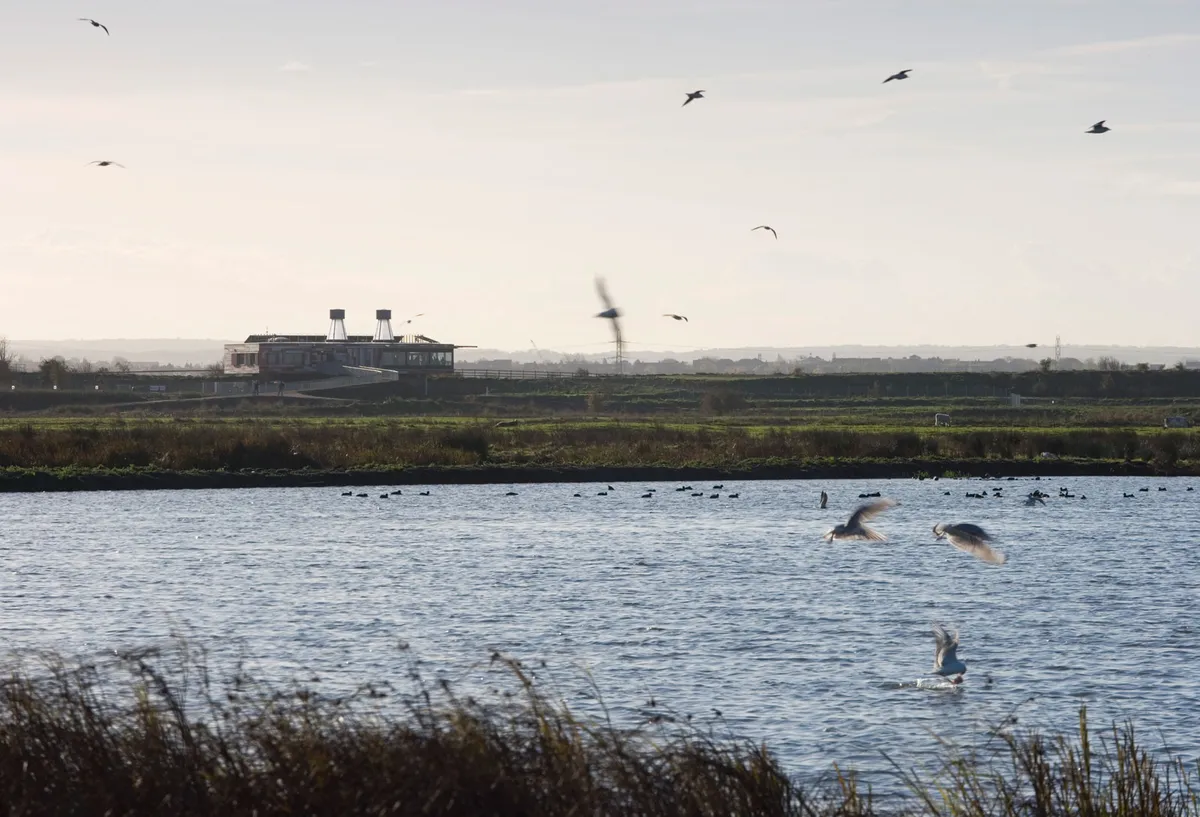
Not far from the hustle and bustle of London, this flat and traffic-free route around the marshes is a great escape from city life. It can either be done as a one-way route starting at Rainham and finishing at Purfleet, or as a slightly longer circular ride. Before 2000, Rainham Marshes was used as a military firing range, but since then the area has been transformed by the RSPB into a great place for nature and for people to visit. It’s now a haven for a variety of wildlife including, birds, water voles and dragonflies. sustrans.org.uk/ncn/map/route/rainham-marshes
Lochwinnoch Loop
Start: Paisley Canal train station
End: Glengarnock
Grade: Moderate
Distance: 14 miles
Terrain: Tarmac. Mainly traffic-free apart from a short on-road section through Elderslie

This 14-mile footpath and cycleway forms part of the Lochs and Glens Cycle Route and makes use of dismantled railway lines running west from Johnstone. Starting at Paisley Canal, the route travels west along a traffic-free path, passing Elderslie, birthplace of Sir William Wallace, a Scottish knight. From Johnstone, the railway path continues south-west to Kilbarchan, passing the Lochwinnoch, one of the last remaining wetlands in west Scotland.
This wonderful place is perfect for families and there are two feeding stations on the reserve. Look out for whooper swans, widgeons and a wide variety of ducks during the winter months. And, in spring, you won't want to miss the elaborate displays of the great crested grebes. There’s also a lovely visitor centre and café if you feel like stopping for a quick bite to eat before setting off on the rest of your ride.
From here, you’ll pass through Kilbirnie, Barr, Castle Sempleand Kilbirnie Lochs. There are several train stations along the route making it easy to shorten and take the train back to the starting point. sustrans.org.uk/ncn/map/route/lochwinnoch-loop-line
Burgh by Sands and the Solway Coast
Start: Burgh by Sands
End: Solway Coast
Distance: 24 miles
Grade: Easy
Terrain: Tarmac and gentle terrain. There are no hills but a few steeper sections near the coast
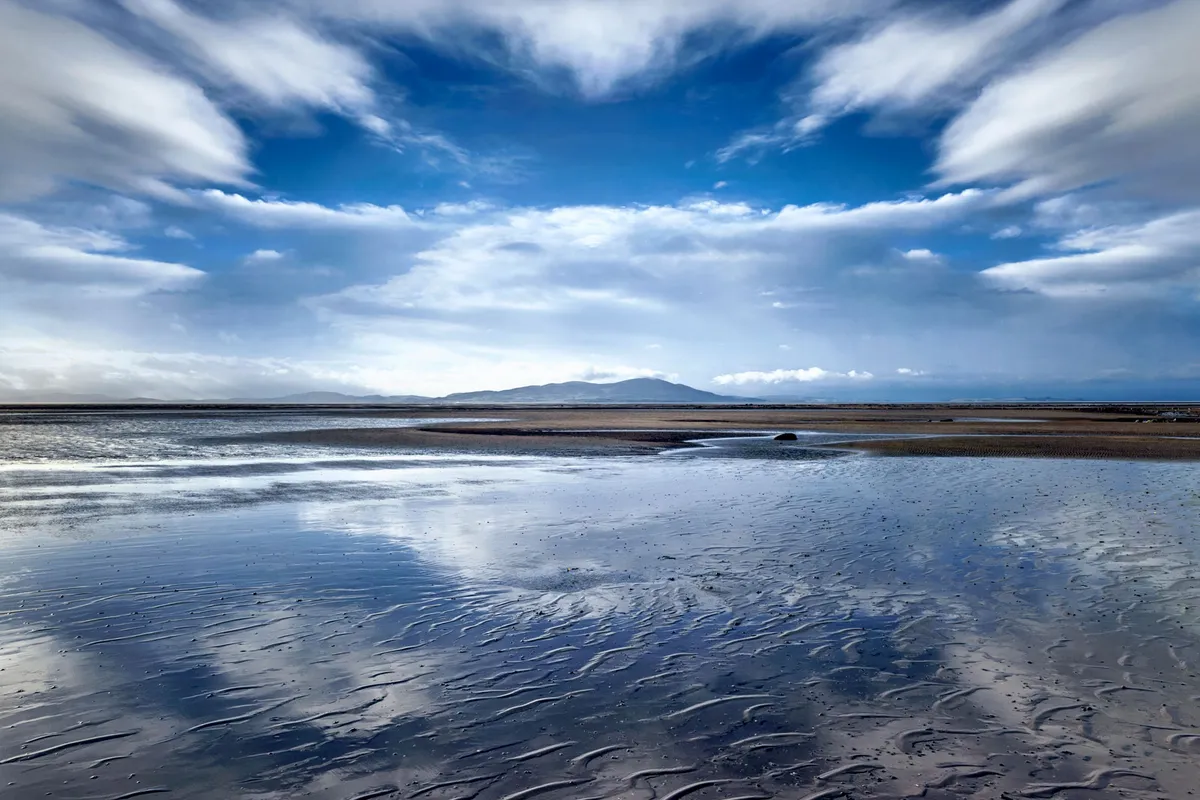
The route between Burgh by Sands and the Solway Coast takes you through beautiful saltmarsh and farmland and arrives at fantastic beaches which have been designated as an Area of Outstanding Natural Beauty. Start along the Hadrian’s Wall Path which takes you through Drumburgh, Glasson and Anthorn. Once on the Cardurnock peninsula, the path takes you to Bowness-on-Solway where there is Campfield Marsh – a wetland paradise with 360 degree views of the Solway Plain. Here you can have a picnic and admire the variety of native birdlife. sustrans.org.uk/ncn/map/route/burgh-by-sands-to-solway-coast
Newark to Collingham
Start: Newark-on-Trent
End: Collingham
Distance: 7 miles or 15 miles to Lincoln
Grade: Easy
Terrain: Mix of flat, traffic-free paths and quiet country lanes
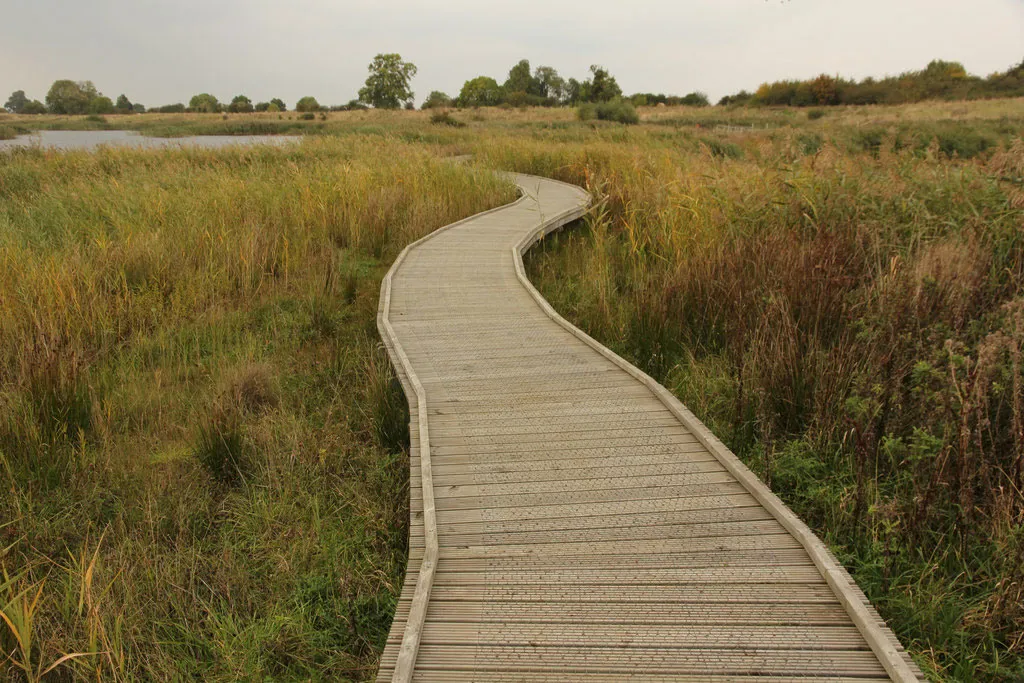
Beginning at Newark Northgate station, follow route 64 northwards on a mixture of traffic free paths and quiet country lanes until you reach Holme. Here, you’ll join a traffic free Greenway all the way to Langford Lowfields RSPB nature reserve. Break up the journey and stop off to spot everything from brown hares, bearded tits and marsh harriers to avocets, wintering wildfowl and colourful wildflowers. There are also extensive trails around the reserve, and, should you wish, you can carry on along route 64 to Lincoln. From Langford, follow quiet roads to Harby, where you’ll join a traffic-free former railway line which takes you through Skellingthorpe and on to Lincoln. sustrans.org.uk/ncn/map/route/route-64
Sustrans, Head of Behaviour Change Chris Bennett, said: “Whether you’re a keen cyclist or just getting back in the saddle – there’s no denying that cycling is a fun filled and easy activity. Not only is it a great way of fitting more activity into your daily routine, it’s also good for the environment and your wallet. Getting started doesn’t have to be complicated, as all you need is a bike and the willingness to give it a go.”
Sustrans top tips on how to start riding a bike
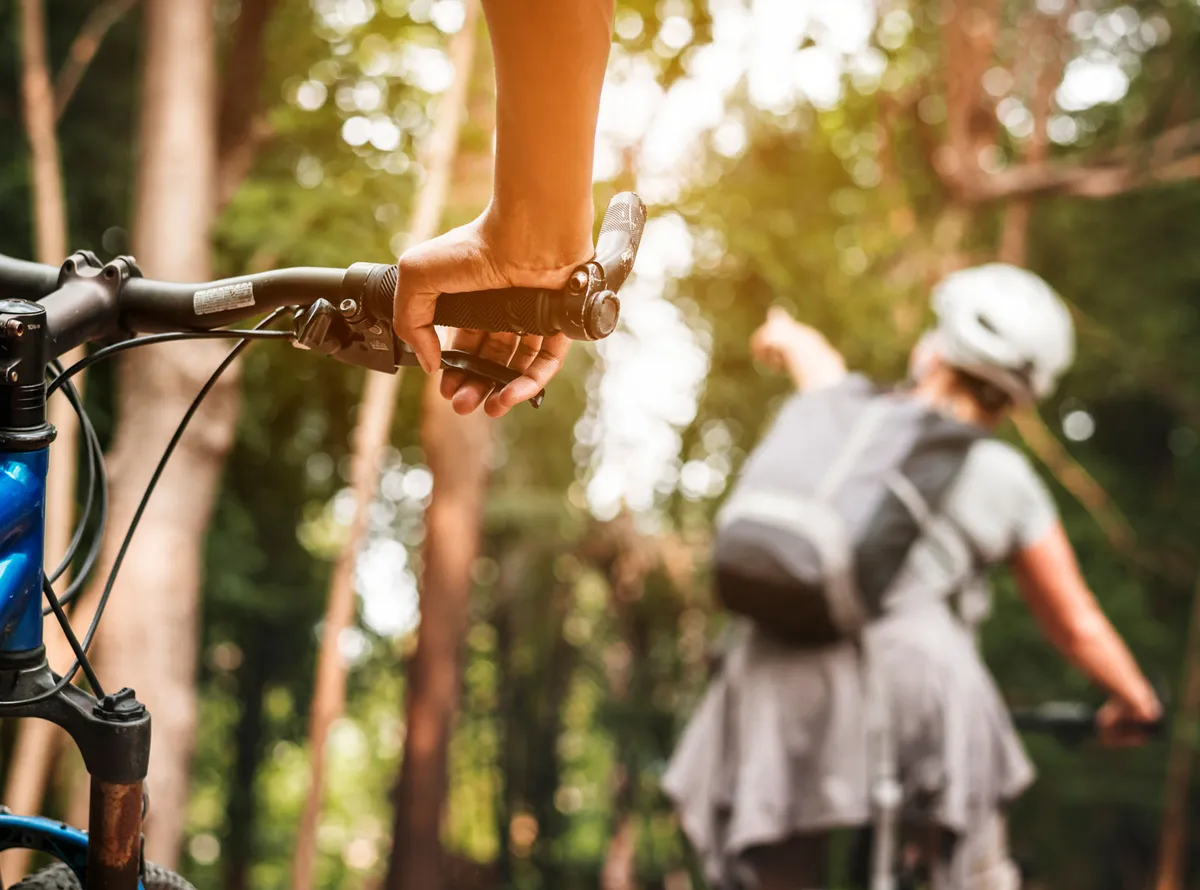
1. Choose a bike that suits your needs
From road to mountain and hybrid to electric - the large variety of bikes on the market means it can be difficult to choose the right one for you. The first question you need to ask yourself is when do you want to use your bicycle and where do you want it to take you. For days out in the countryside, a mountain or hybrid might be most suitable. Whatever you decide, try out different styles and sizes and get professional advice on setting it up to ensure it’s a good fit.
2. Plan your journey in advance
Jumping straight on a bike without being prepared is one of the easiest ways to be put off cycling. It’s always best to plan your journey in advance as the most direct route may not be the most pleasant. Less confident cyclists should also try and stick to quiet roads or cycle paths. Over a third of the routes on Sustrans’ well signed National Cycle Network are traffic-free, with trails along disused railways, canal towpaths and forest tracks.
3. Take a break
You might want to factor in breaks along your route, at cafes, local pubs or picnic stops. After all, there’s nothing better than a large lunch to refuel for a long journey.
4. Purchase essential bike accessories
You don’t need lots of specialist equipment, but some carefully chosen accessories can transform any bike from a leisure vehicle into a valuable mode of transport. Lights and a lock are a must have if you want to ride at night and keep your bike safe. While mudguards are key to avoiding dirty water being sprayed up your back and panniers are good for longer rides.
5. Build your confidence
Start with shorter cycle rides and build up to longer ones to help improve your skills and confidence on two wheels. Cycle training is another great way to do this. Whether you’re getting on a bike for the first time or a regular cyclist looking to improve your knowledge of the road, instructors can provide personalised tuition to suit individual abilities and goals.
6. Keep your bike in tip top condition
As general rule of thumb, a quiet bike is a happy one and anything rattling or rubbing is likely to get worse. It’s best to take your bicycle in for regular services and carry a puncture repair kit and inner tube for lengthier journeys.
7. Make it social
Let’s face it, cycling with friends is always more fun and is a great motivator if you’re just getting back in the saddle. There also likely to have tips and advice on the best cycle routes in the area.
For more advice on bikes, how to get started, cycle training and inspiration for rides on the National Cycle Network head to www.sustrans.org.uk
